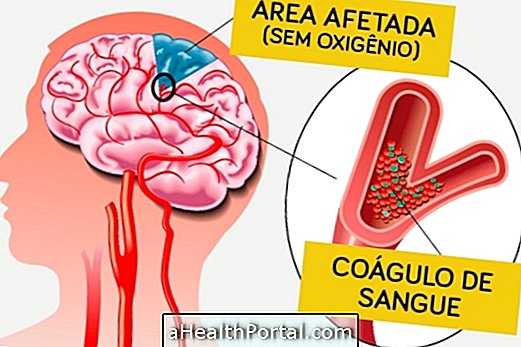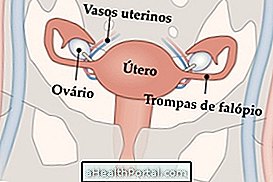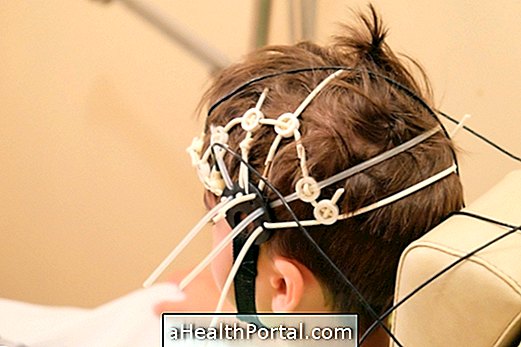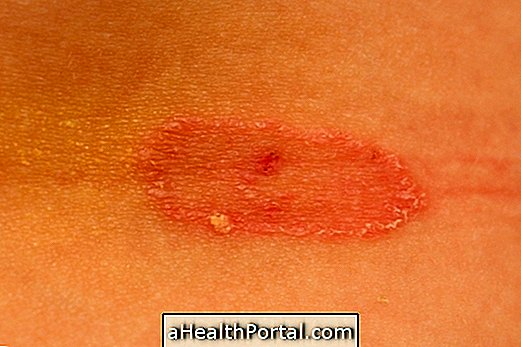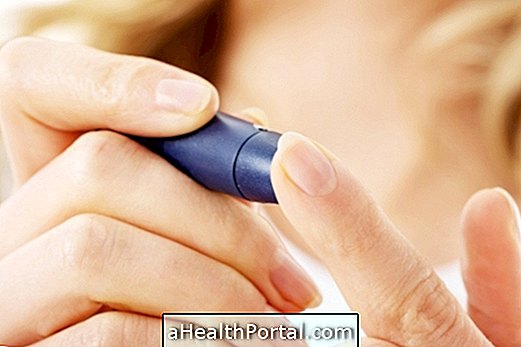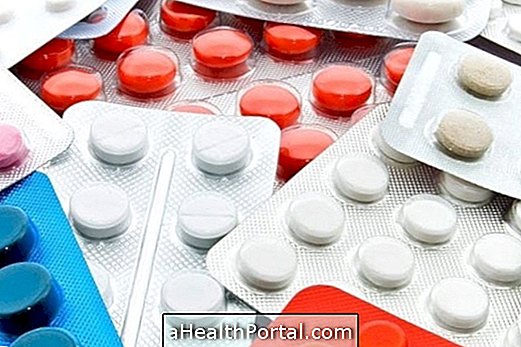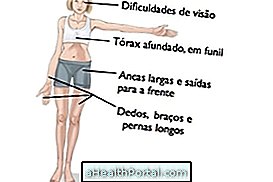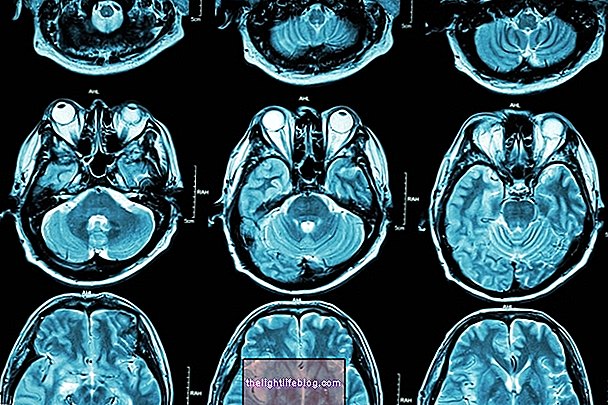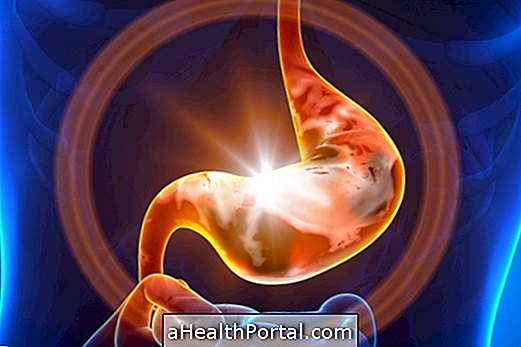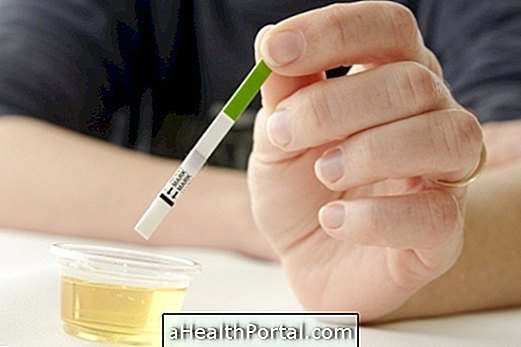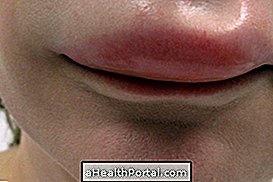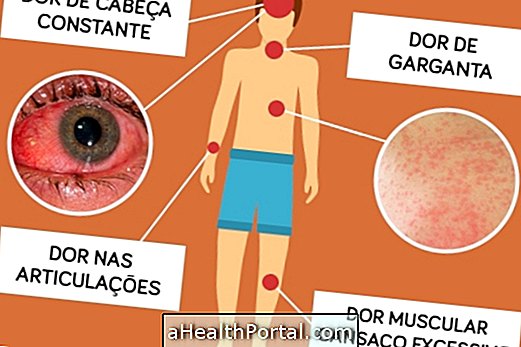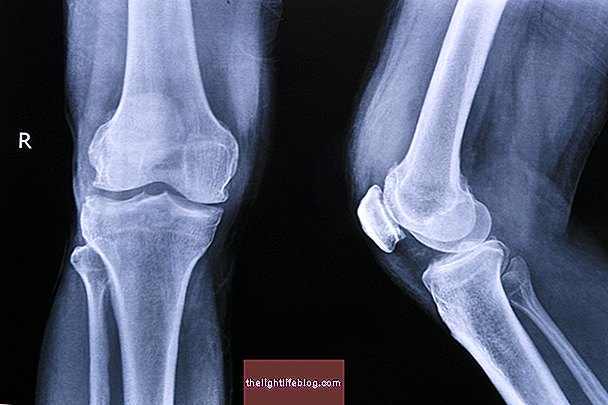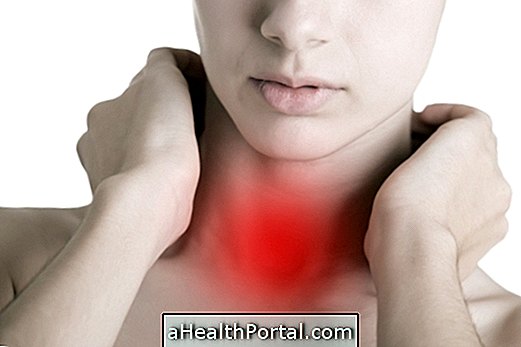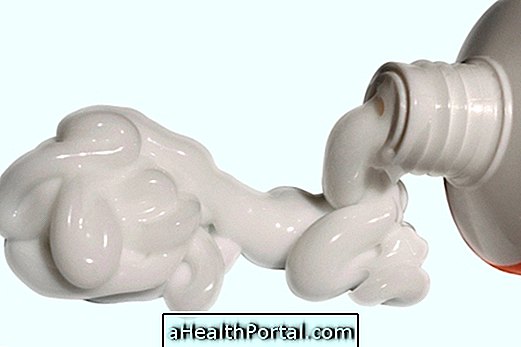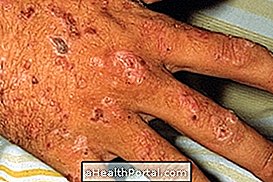Electrotherapy consists of the use of electric currents to perform a physiotherapeutic treatment. In order to be done, the physiotherapist places electrodes on the surface of the skin, where low intensity currents pass, which do not pose a health risk, and are useful for treating conditions such as swelling, pain, spasms or for muscle strengthening, for example. example.
During a physical therapy session it is common to use at least one electrotherapy equipment to aid in pain control, spasm, improve blood irrigation, accelerate skin healing, and regenerate other tissues. Each person needs a specific type of device, which can be adjusted according to their needs during each stage of treatment.
Main electrotherapy equipment in physiotherapy
There are a variety of electrotherapy techniques, with the use of specific devices, which can contribute in different ways during the rehabilitation treatment. The main ones are:
1. TENS - Transcutaneous electrical nerve stimulation therapy
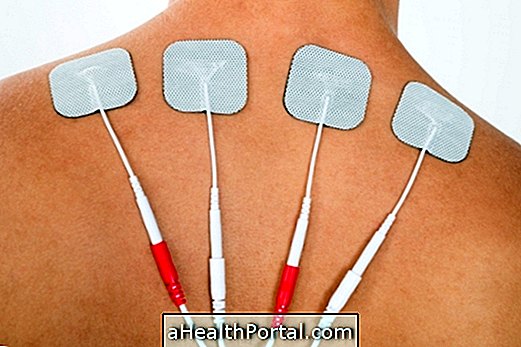
It consists of the emission of pulsed electric currents that stimulate nerves and muscles through the skin, which blocks pain signals and increases the production of physiological substances in the body that have an analgesic effect, such as endorphins.
For the application, the electrodes are placed directly on the skin, and the intensity of the electric current is adjusted for each person. Generally, treatment is performed on alternate days, and the number of sessions is individualized according to the needs of each person, usually for 20 minutes.
- What it is used for : It is usually made to treat postoperative pain, fracture, and in case of chronic pain, such as lambalgia, cervicalgia, sciatic nerve, bursitis, for example. Although not widely used for this purpose, it can also be used to combat postoperative nausea.
- Contraindications: In case of epilepsy because it can trigger a crisis, it should not be placed on the uterus during pregnancy, on the injured skin, in the mouth and on the carotid.
2. Ultrasound

The ultrasound device used in electrotherapy is capable of emitting sound waves that provide mechanical vibrations that favor the regeneration of affected tissues, by stimulation of blood flow and increased metabolism.
This technique is performed by sliding the appliance onto the skin after it has been cleaned and prepared with a gel, and the number of sessions is indicated by the physiotherapist according to the needs of each person. The treatment time should be at least 5 minutes for each 5-centimeter area.
- What is it for : It is usually performed in case of muscle pain caused by contractures or tensions, muscle spasms, tendinitis, joint blockage and in the treatment of scars, against joint stiffness, to reduce local swelling,
- Contraindications: decreased local sensitivity, advanced cardiovascular disease, localized skin cancer, impaired blood circulation in the region, over the testicles.
3. Russian Chain

It is an electro-stimulation technique that acts on the muscular level, made with electrodes strategically positioned in the region to be treated, being able to promote an increase in muscle strength and volume, as it acts to improve blood circulation and reduce local flaccidity. The Russian chain is widely used in cosmetic treatments, facilitating lymphatic drainage and fighting sagging. Learn more about how the Russian chain is made.
- What it is used for: it is very used for strengthening muscles, because its effect can facilitate muscle contraction, especially in cases of muscle weakness or atrophy.
- Contraindications: in case of cardiac pacemaker, epilepsy, mental illness, on the uterus during pregnancy, in case of deep vein thrombosis or recent phlebitis in case of recent fracture.
4. Low intensity laser therapy

Laser is a type of phototherapy capable of producing an anti-inflammatory, analgesic, regenerating and healing effect of the tissues. The application of the laser is usually done by the physiotherapist at the pain site, and the dose and number of sessions performed will depend on the type and severity of the injury.
- What it does : Laser therapy is indicated in case of swelling or inflammation of joints, tendons and ligaments, tendons in the nerves, having good results to control the pain and stimulate the regeneration of the injured tissue.
- Contraindications: on the eyes, cancer, on the uterus during pregnancy, bleeding at the site of application, mentally handicapped person, who does not cooperate with the therapist's indications.
5. FES - Functional electrical stimulation

Fes is a device that leads to muscle contraction of a paralyzed or extremely weak muscle group, such as in cases of cerebral palsy, hemiplegia or paraplegia, for example.
- What it does : When it is necessary to favor muscle strengthening in people who can not control movement, such as paralysis, stroke sequelae, or in athletes to improve training performance by recruiting more fibers than normal contraction. The time of muscular contraction varies according to the amount of muscles that need to be worked, but lasts about 10 to 20 minutes per treatment areas.
- Contraindications: Should not be used in people with a pacemaker, on the heart, carotid sinus, in case of spasticity, if there is an injury to the peripheral nerve of the region.
6. Diathermine by Short Waves

This is a device that serves to promote heat deeper in the body because it warms the blood, decreases inflammation, muscle stiffness and relieves spasms in the deep muscles of the body. It also regenerates damaged tissues, reduces hematomas and favors the regeneration of peripheral nerves.
- What it does : In situations where heat may need to reach deeper layers, such as in the case of low back pain, sciatica, and other changes in the spine or hip, for example.
- Contraindications: Pacemaker, external or internal fixators in the region where you want to treat, sensitivity changes during pregnancy, cancer, tuberculosis, recent deep venous thrombosis in case of fever in children and adolescents not to compromise bone growth.
7. Photochemotherapy with psoralen - PUVA

This is a combined treatment that consists of first taking a substance called psoralen, indicated by the doctor, and 2 hours after taking it, expose the area that will be treated to ultraviolet radiation. It is also possible to apply psoralen as an ointment or to mix in a basin with water, keeping the portion to be treated immersed during radiation exposure.
- What it does : Especially in case of vitiligo, psoriasis, eczema, lichen planus or urticaria pigmentosa.
- Contraindications: melanoma or other skin cancer, use of other photosensitizing remedies.
